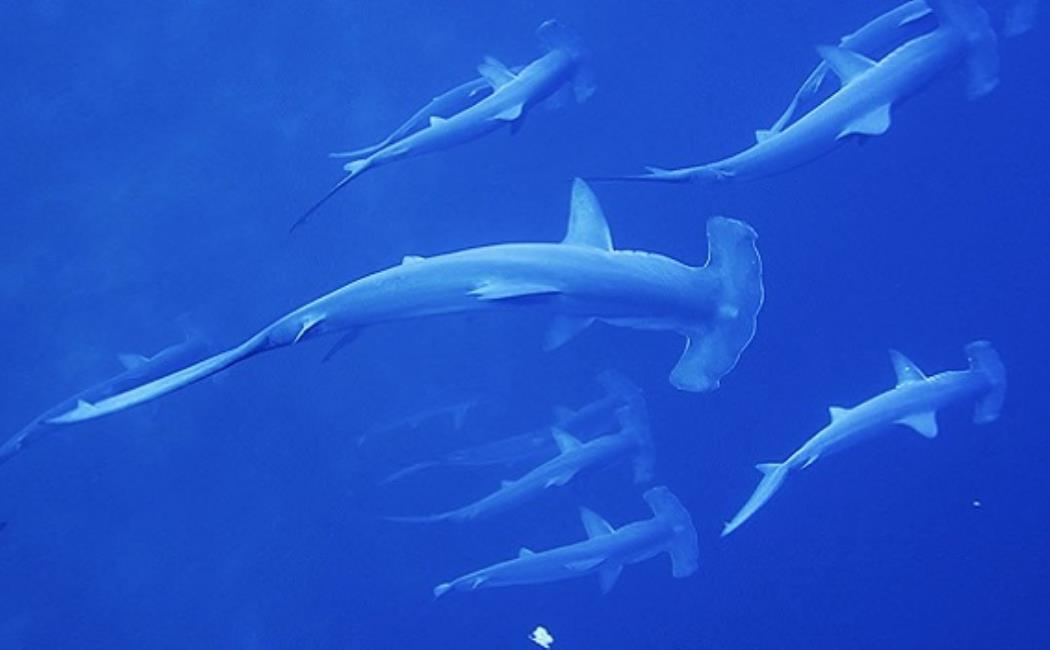


06 May, 2018


The largest ever collected data set of marine megafauna movements shows that big marine animals move differently, but consistently, through coastal and ocean waters.
© 2017 Hubert Piwonski
A whale and a turtle differ in size, shape and lifestyle but their patterns of movement are surprisingly similar, reveals the largest collection of movement data for a diverse group of large marine vertebrates.
A team of 58 researchers from nine countries and 45 research institutions has collated a satellite telemetry dataset for a diverse set of large marine megafauna: it includes more than 2.8 million locations from more than 2,600 tracked individual animals. And for some species it includes data from as long ago as 1985.
Knowing how megafauna move through coastal and oceanic environments will help marine managers to better understand the impacts of human activities on these animals and identify habitats for conservation, explains Carlos Duarte, a KAUST coauthor of the
study, and cofounder of the international collaborative effort, the Marine Megafauna Movement Analytical Program.
The tracked animals included 50 types of marine megafauna that are evolutionarily separated by millions of years and use different modes of locomotion—they fly, swim, walk or paddle. The team monitored speed and movement of species of turtles, sharks, dolphins, sea lions, whales and sea birds, such as penguins, gulls and shearwaters.
Such an enormous and diverse data set enables scientists to draw conclusions not possible from movement data of a single species. “The major advancement of the results reported come from the possibility to compare not only multiple species of marine animals with different modes of locomotion, but also from exploring variability between individuals within species,” explains Duarte. “This confirmed that the remarkably conserved movement patterns, and their flexibility with habitat, apply both when comparing vastly different species, such as turtles and whales, and when comparing individuals using different habitats within a species”